Durbar Square
The heart of Nepal’s cultural heritage
A vibrant hub of culture and history awaits in the heart of Nepal’s capital city.
Durbar Square serves as the cultural epicentre of Kathmandu, where centuries-old traditions blend seamlessly with modern daily life.
Historical significance of the royal complex
The grand Durbar Square complex dates back to the 12th century, when the Malla kings ruled the Kathmandu Valley. This UNESCO World Heritage Site encompasses the old royal palace, known as Hanuman Dhoka, along with an impressive collection of temples and architectural masterpieces.
The royal palace complex expanded during the 17th and 18th centuries, reaching its peak of grandeur under the Malla dynasty. The architecture reflects the immense wealth and cultural sophistication of Nepal’s medieval period.
Architectural marvels and temple designs
The square features an array of temples showcasing traditional Nepalese architecture. The Taleju Temple, reaching nine storeys high, dominates the skyline with its distinctive pagoda-style design. This remarkable structure demonstrates the advanced architectural knowledge of ancient Nepalese craftsmen.
Intricate wooden carvings adorn the temples throughout Durbar Square, displaying scenes from Hindu mythology. The craftsmanship reveals the sophisticated artistic traditions that have flourished in Kathmandu for centuries.
Cultural importance in Nepalese society
Durbar Square remains central to Kathmandu’s cultural and religious life. Local residents frequent the temples for daily worship, while the square hosts numerous festivals throughout the year. The Kumari Ghar, home to the living goddess Kumari, adds another layer of spiritual significance to this ancient site.
The architecture and artwork within the square tell stories of Nepal’s rich cultural heritage. Each building represents different periods of Nepalese history, creating a timeline of architectural evolution spanning several centuries.
Daily life and activities in the square
The square pulses with energy from dawn until dusk. Local vendors sell traditional crafts and fresh produce in the surrounding markets. Street food stalls offer authentic Nepalese delicacies, creating an atmosphere rich with local flavours and aromas.
Throughout the day, the square serves as a gathering place for both locals and visitors alike. The steps of the temples provide perfect spots for watching the steady stream of activity in this dynamic public space.
Practical information for experiencing Durbar Square
The best times to explore Durbar Square are early morning or late afternoon when temperatures are mild. The square remains accessible throughout the year, though the monsoon season (June to August) brings regular rainfall.
Entry fees help maintain this UNESCO World Heritage Site. The funds contribute to preservation efforts, ensuring future generations can experience this remarkable piece of Nepalese heritage.
Summary
Durbar Square exemplifies the architectural and cultural magnificence of ancient Nepal. This UNESCO World Heritage Site continues to play a vital role in Kathmandu’s daily life, seamlessly blending historical significance with modern activity. From its towering temples to intricate carvings, every element tells a story of Nepal’s rich heritage.
Post-2015 Update: Revisiting Durbar Square
The magnificent Durbar Square encountered significant damage during the devastating 2015 earthquake, with several historic temples and structures being affected. The square has changed significanly since I was there a few months prior to the earthquake.
Extensive restoration work has been undertaken since 2015, with international teams collaborating with local craftspeople. Traditional building techniques are being combined with modern engineering methods to ensure both authenticity and structural integrity.
While some temples await full restoration, many significant structures have been successfully rebuilt. The square continues to serve as a vital cultural centre, with religious ceremonies and festivals taking place amidst the ongoing restoration work. The reconstruction process has created opportunities for younger generations of Nepalese craftspeople to learn traditional building techniques.
Despite the changes, Durbar Square retains its UNESCO World Heritage status and remains an essential part of Kathmandu’s cultural landscape.
Entry fees now contribute directly to the ongoing restoration efforts.

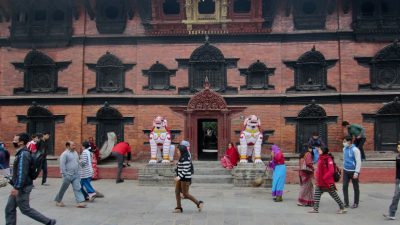
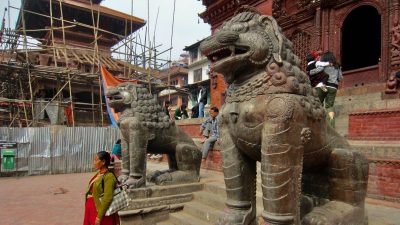
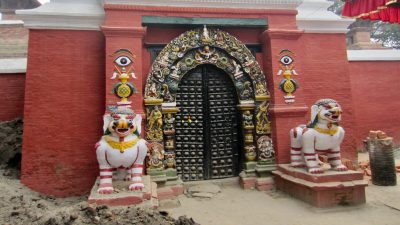
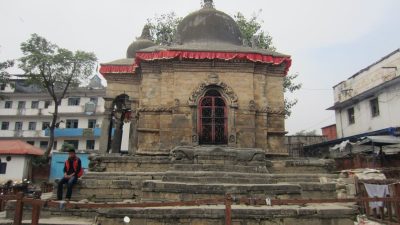
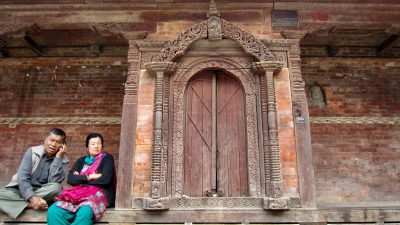
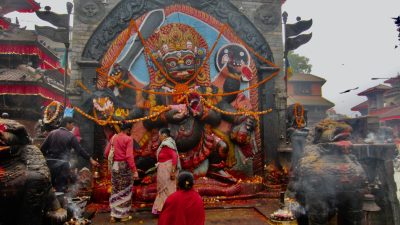
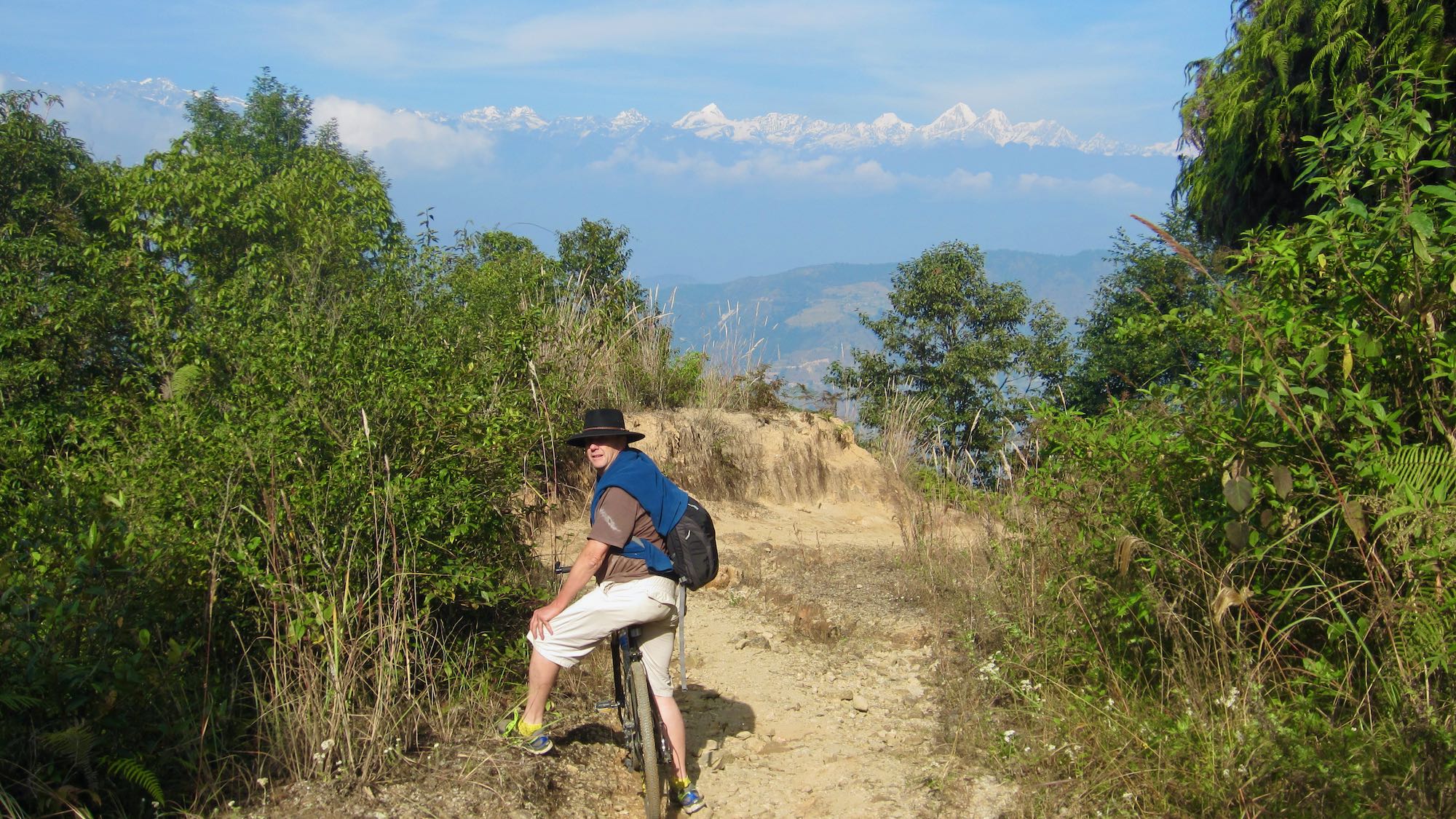
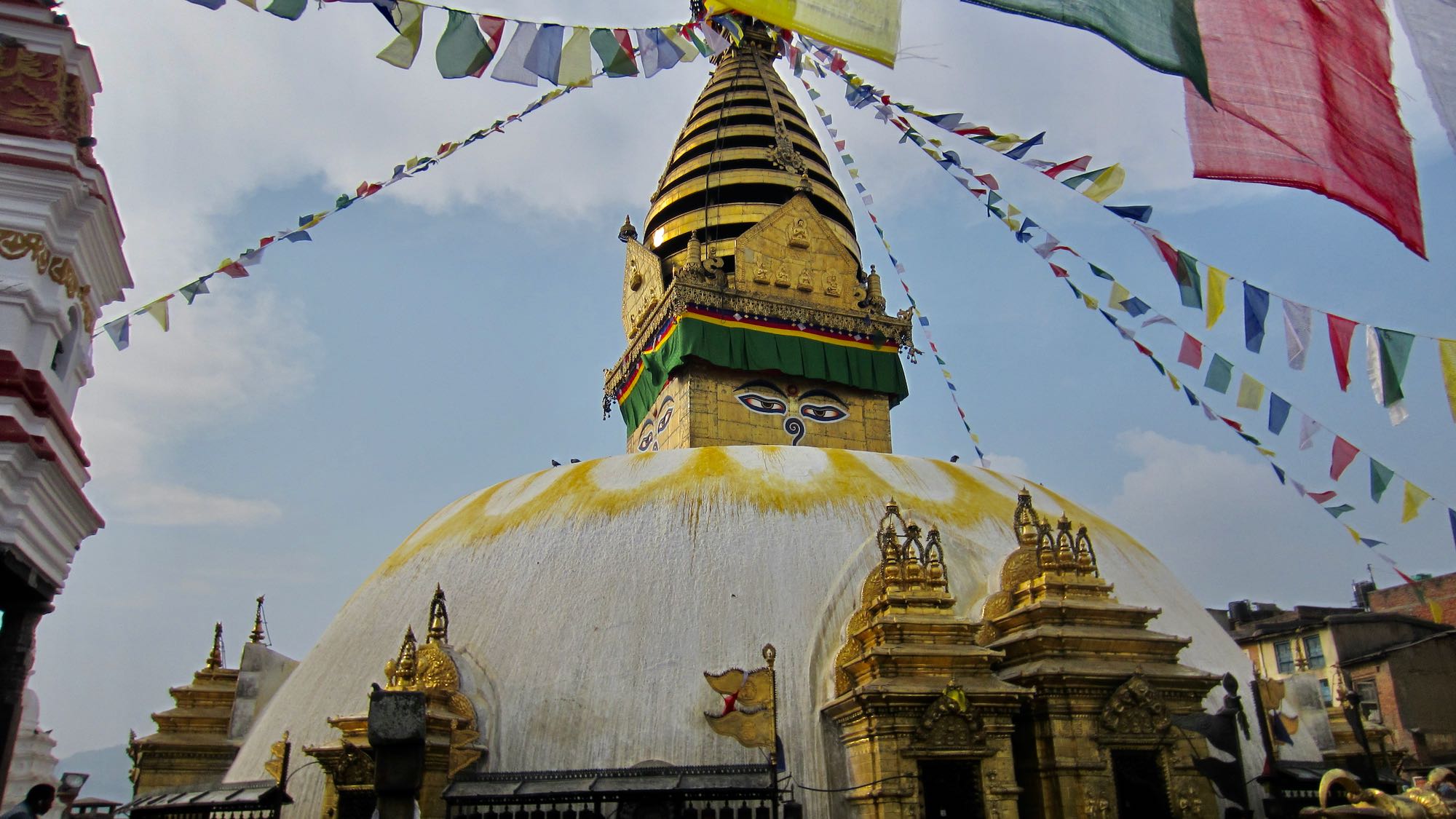
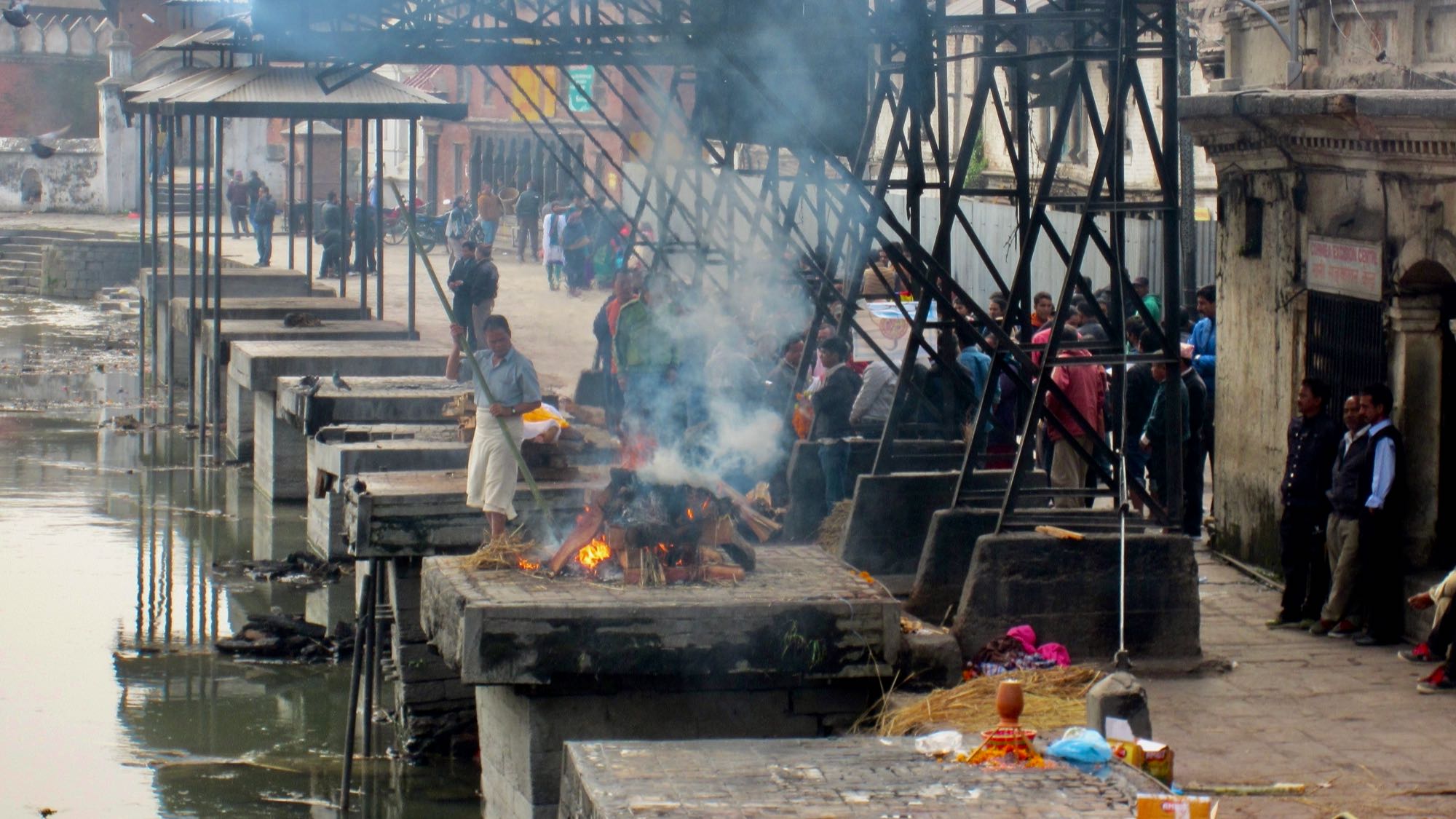
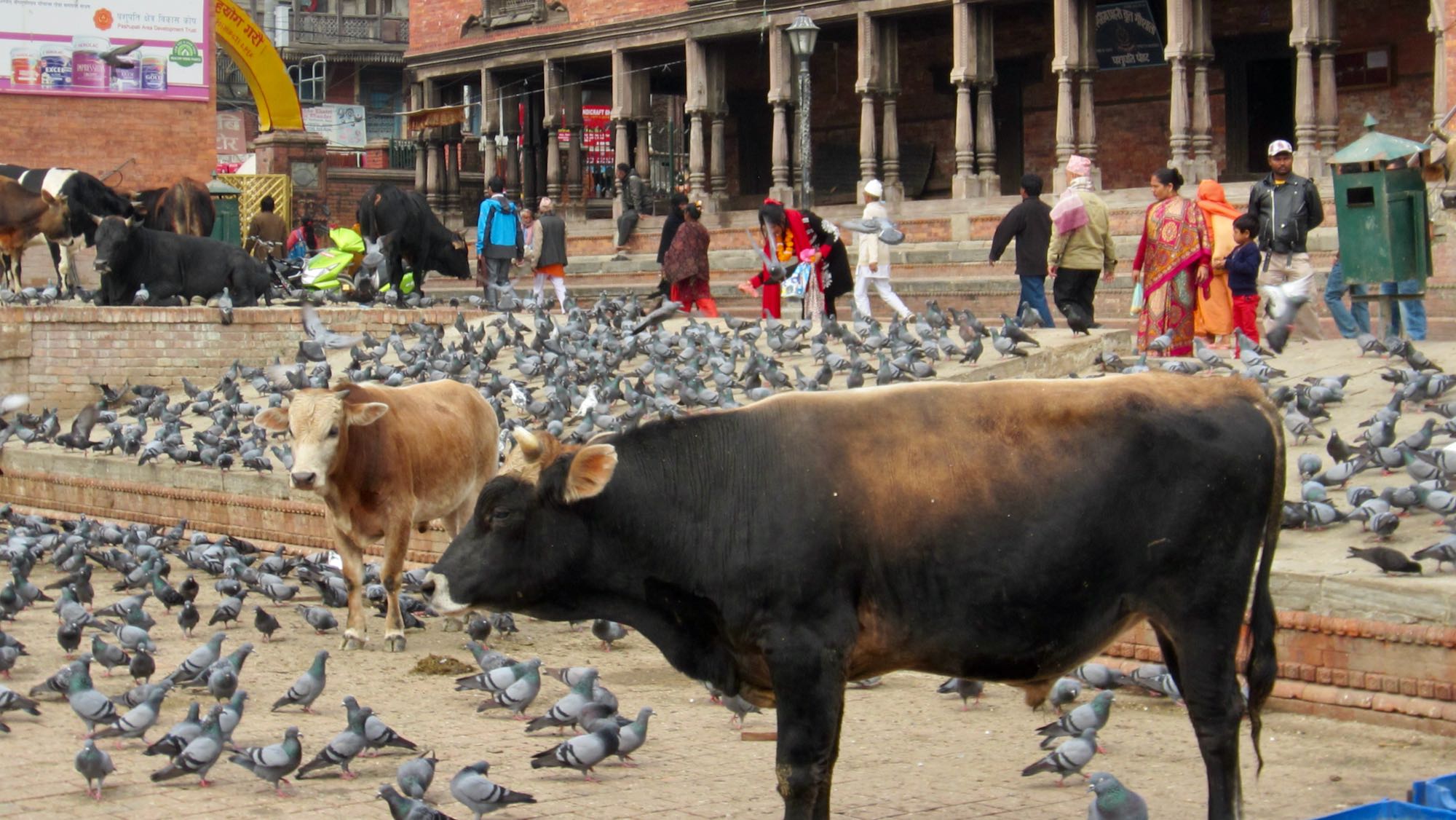
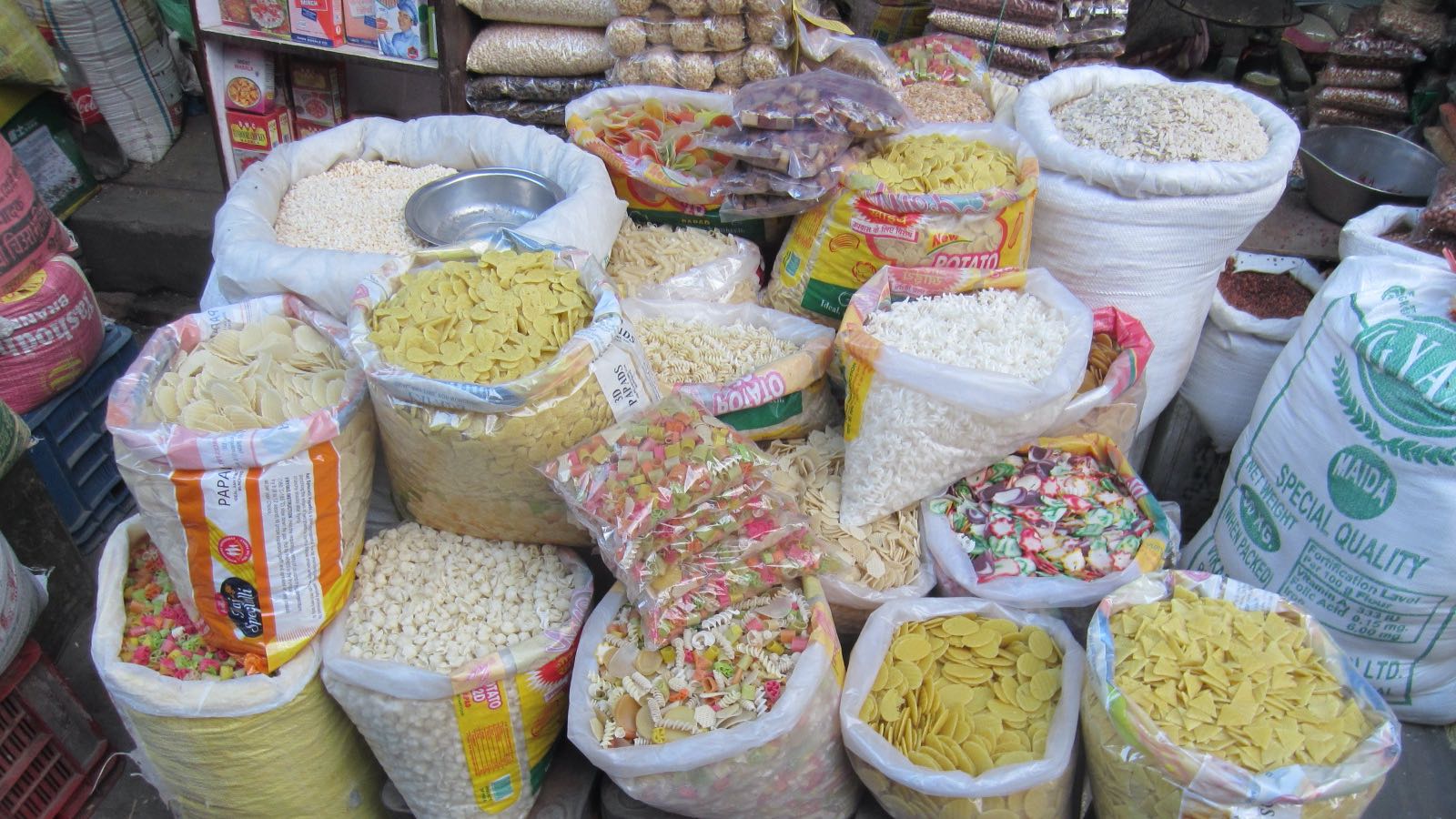
Leave A Comment